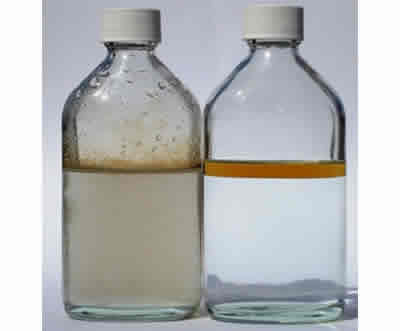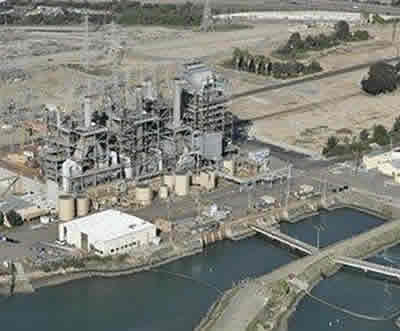
Often there is a need for quick field measurement of gas condensate concentration in produced water, such as when performing process optimization, water treatment verification, as well as routine process monitoring. Rigorous laboratory analysis methods such as gravimetric oil & grease measurements or gas chromatographic methods are not sufficiently sensitive to process changes and/or do not provide the required quick turnaround.


